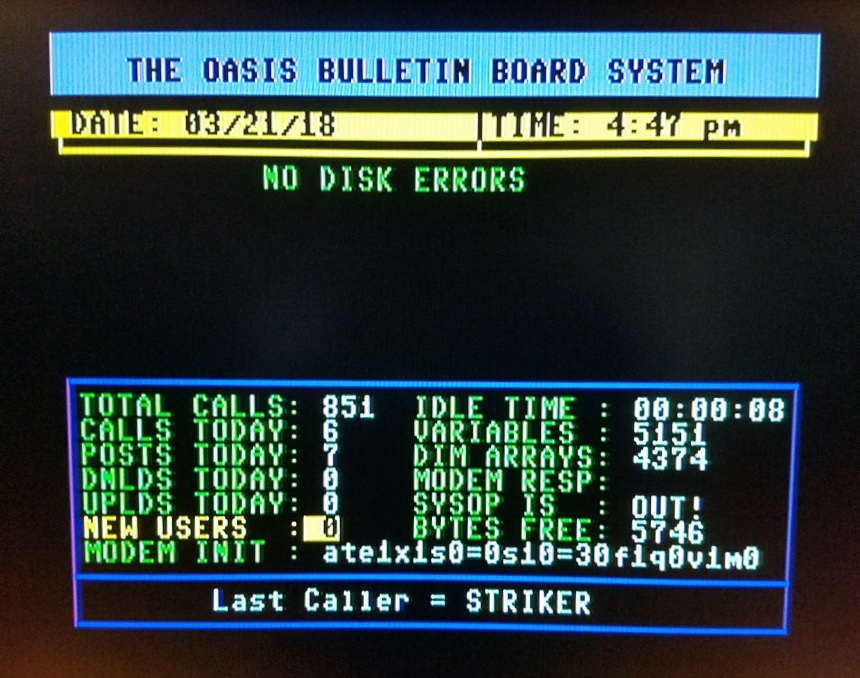Triple Freedom returns with a focused comparison of six SID chips and SID-compatible alternatives for the Commodore 64. Rather than just talking specs, this episode is all about sound — real-world audio comparisons, quirks, and surprises included.
The Lineup
The test features the original SID along with five hardware-based replacements. Each is thrown into the same scenarios to expose their differences in output, accuracy, and overall behavior. If you’ve ever wondered how close these clones come to the real thing — or if one might be a better fit for your next build — this is the video to watch.
The Audio Trials
To keep the test consistent, all chips are subjected to three audio challenges:
- Demo Playback: A track based on Axel F is used to showcase tonal quality and range. It’s a popular tune for a reason — complex enough to catch flaws, catchy enough to make the test bearable.
- IK+ Gameplay: SID chips aren’t just about music; they also have to keep up in live gameplay. Here, International Karate Plus runs as a stress test, with the chips generating rapid effects under load. This is where things get interesting — one clone in particular falters.
- Noise Waveform Output: No filters. No polish. Just raw waveform generation to reveal how each chip handles noise production. This test is run without volume normalization, allowing natural differences in gain and frequency content to stand out.
Technical Setup
To avoid volume bias, tracks were normalized to -1 dB using Audacity — except for the final test, where the goal was to let each chip speak (or scream) for itself. Despite matching levels on paper, listeners will notice significant changes in character, sharpness, and warmth across the lineup.
One SIDKick clone drew attention for a glitch during gameplay, suggesting a possible configuration issue. Whether it’s a quirk of the chip or just a bad setup remains unclear — but it’s a point worth considering if you’re planning to use one in a game-heavy setup.
Why Watch?
This isn’t a specs sheet read aloud. The video is built around your ears — giving you the chance to hear the difference and decide what sounds right for your setup. Whether you’re building, restoring, or just curious, this comparison takes you beyond the technical jargon and into actual results.







